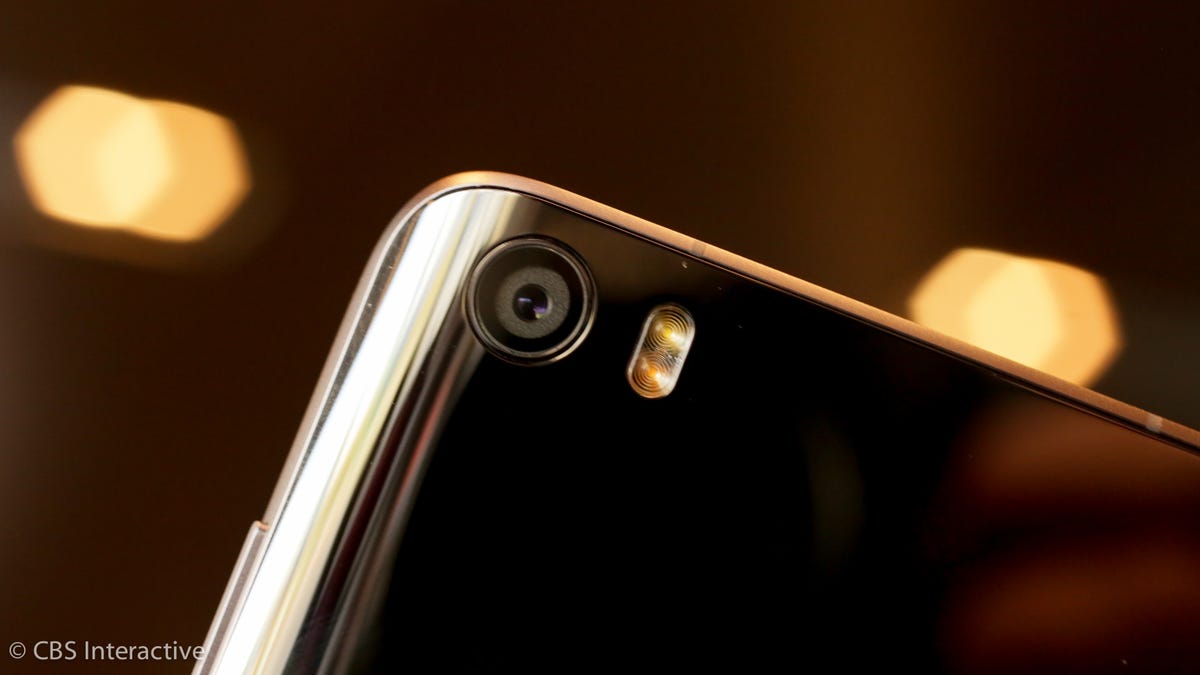White-hot phone startup Xiaomi plans US launch by 'end of 2017'
Phones from China-based Xiaomi have already caught on in Asia and Brazil. But can the company succeed in the states, where other Chinese firms have struggled? It intends to find out.

Xiaomi, the Chinese phone maker that has taken Asia and Brazil by storm, has its sights set on the US.
The world's second-most-valuable startup plans to sell its phones in the States by the end of 2017, Hugo Barra, former Googler and Xiaomi's global vice president, said in an interview Wednesday.
"I think we have to be in the western markets by the end of next year," he said. "It's not something we can wait longer."
His confirmation offers a glimpse into the expansion plans of one of the tech industry's highfliers. Xiaomi has been able to command high levels of customer loyalty by offering premium phones at affordable prices directly through its website, and the company could give US customers a viable alternative to the standard Apple iPhone or Samsung Galaxy S phone. Its move would come as other Chinese companies have struggled to make an impression with consumers in the states.
Xiaomi, however, has slowly expanded beyond its home market, going into Southeast Asia, India and Brazil. The company has yet to move into a Western market though, so it seemed strange that Xiaomi decided to launch its latest flagship phone during a press conference at the Mobile World Congress trade show in Barcelona, Spain. The Xiaomi Mi 5, which debuted Wednesday, won't be coming to Spain or any nearby countries.
Instead the phone, which features a ceramic rear and costs $415 (£295 or AU$575), will launch in China, followed by India.
When asked what the ideal western market would be for Xiaomi, Barra pointed to the US.
"It's the hardest market to enter, there's so many frequencies, the carrier requirements are so steep, but at the same time, if we manage to launch a phone in the US, from an engineering perspective, we've arrived," Barra said.
Unlike China, where millions of customers buy Xiaomi phones directly from the company's website, US customers tend to buy their phones through the wireless carriers. But carriers dictate which phones they want to sell, and put them through an exhaustive battery of quality assurance tests. It's a tough enough environment that Chinese vendors like ZTE and Huawei have started offering their best phones directly to customers through online retailers or their own sites.
In addition, the US runs on different bands of spectrum than China does, forcing Xiaomi to redesign the internal components to meet the unique needs of the states.
"We don't want to be in a position where we launch a phone that doesn't have all of the LTE requirements, because US consumers are very demanding," Barra said.
Legal challenges
A frequent knock on Xiaomi is that its designs tend to look a lot like Apple's products, and that it would be a target of patent lawsuits if it entered the US. Barra said he wasn't worried about potential issues involving intellectual property, hiring or licensing. Instead he sees the problem as one of engineering.
Patents, however, could still be a minefield for Xiaomi to navigate.
"Channels and patents are probably Xiaomi's biggest challenge," said IDC analyst Bryan Ma, noting that Samsung and Apple have battled in the courts for years.
With a US launch two years away, Xiaomi's main focus is still on its current markets, particularly new ones such as India. Despite some reports that Xiaomi is struggling there, Barra says the company has sold more than 1 million phones per month in India since the fourth quarter. The company plans to build all the phones it sells there in a local factory.
For now, Xiaomi's global plans will be focused on its current markets. But barring any surprise incidents with US wireless resellers, the company's phones will eventually make their way westward.

